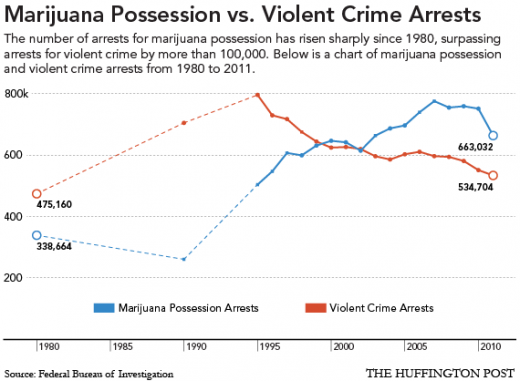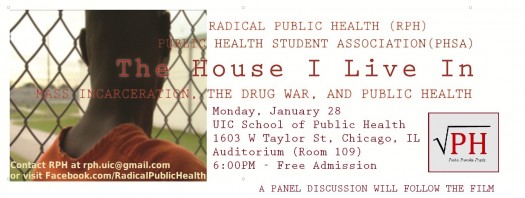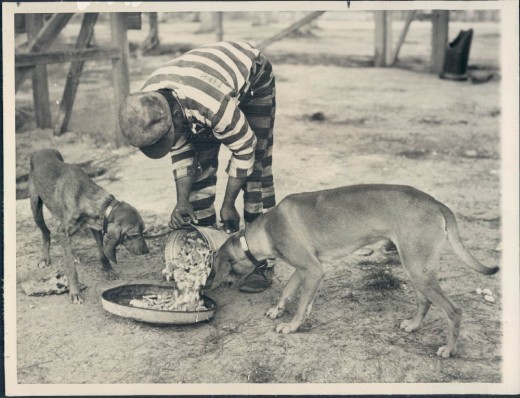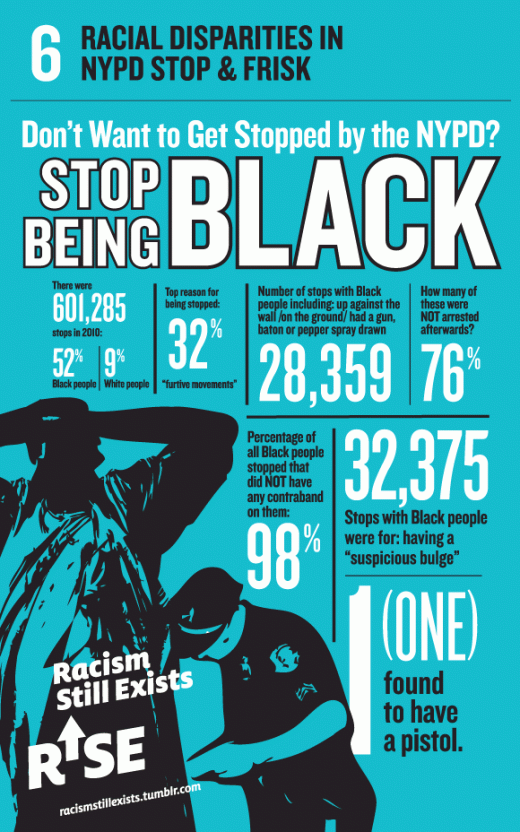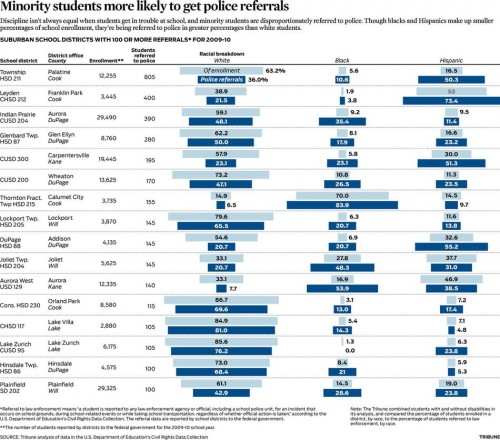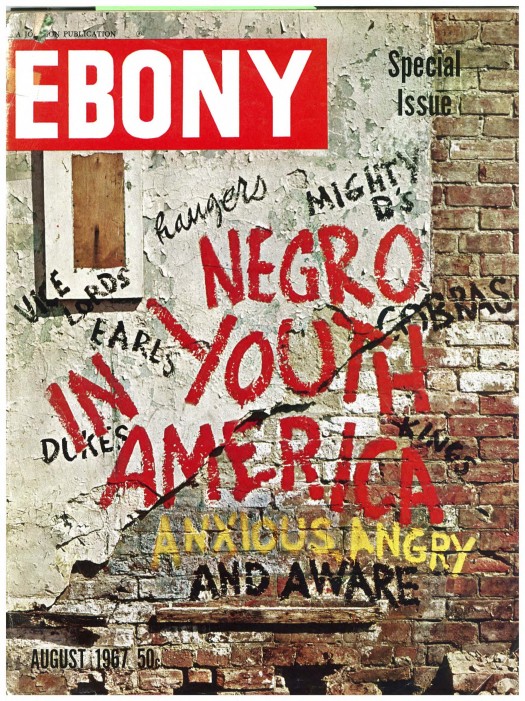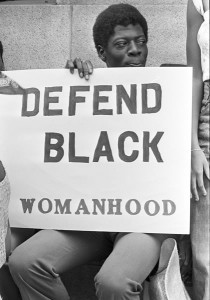Based on my very, very unscientific poll of 14 black youth ages 15 to 18, I would say that gun control advocates have their work cut out for them.
I facilitated a peace circle yesterday at a local school. I was invited to keep the circle as part of an ongoing “Peacemaker” after-school program. When the circle ended, I engaged the young people in a conversation about recent school-based shootings. First, I asked if they had been impacted by gun violence. All of them had. This isn’t surprising because as a recent report (PDF) by the Children’s Defense Fund suggests: “Gun homicide continued as the leading cause of death among Black teens 15 to 19.” More specifically:
1. Black males 15-19 were eight times as likely as White males of the same age and two-and-a-half times as likely as their Hispanic peers to be killed in a gun homicide in 2009.
2. The leading cause of death among Black teens ages 15 to 19 in 2008 and 2009 was gun homicide. For White teens 15 to 19 it was motor vehicle accidents followed by gun homicide in 2008 and gun suicide in 2009.
Next, I asked how many of them supported stricter gun laws. Specifically, I asked if they would support banning assault weapons. The answer was a resounding NO from all of them. All 14. The adult sponsor of the program appeared stunned at their answers.
I asked why they opposed a ban on assault weapons and got various responses. Some of the young people suggested that banning things just made some folks more likely to want them. One young man said: “It’s like when my mom tells me I can’t have that extra slice of pizza. All I can think about is how much I want it.” Others suggested that the government wouldn’t be able to stop the flow of the assault weapons since they couldn’t do anything about drugs which were already illegal. Another young man said that guns weren’t the problem but rather people’s mindsets were. Finally, one young woman spoke about the need for people to be able to protect themselves from the police. She thought that having an assault weapon would even out the odds with law enforcement if they were to come after you “for no good reason.”
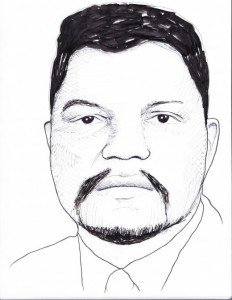
Robert Williams by Billy Dee (for Black/Inside, 2012)
There is obviously a long tradition in the black community of invoking the right to armed self-defense. In the modern era, Robert F. Williams was a vocal proponent of this idea.
In 1955, Williams joined the NAACP in his hometown of Monroe, NC after having served in the Marine Corps. He quickly became the President of the Chapter and rebuilt it to include many veterans, farmers, and working-class people. In 1956, the Monroe NAACP started a campaign to integrate the only swimming pool in the city. It had been built with federal funds and yet blacks were barred from access. City officials not only refused to let blacks swim in the pool, they also turned down requests to build a pool that they could use. Williams and the Monroe NAACP took the city to court. This engendered massive backlash from local white community members including members of the KKK. The KKK held rallies, drove around black neighborhoods intimidating residents, and shot guns at people out of moving cars.
Read more »
